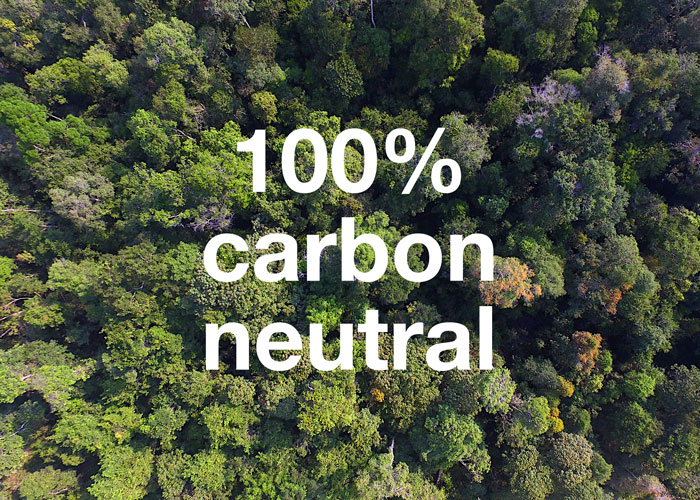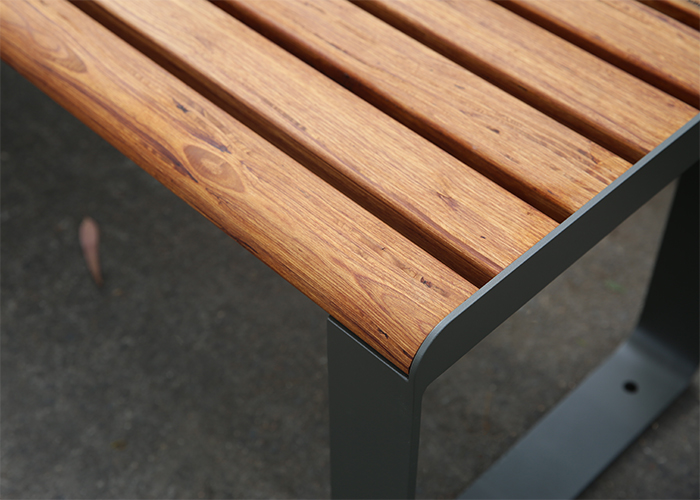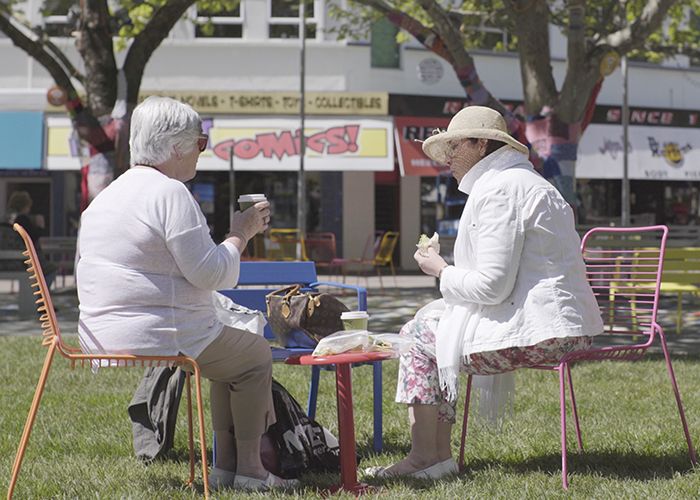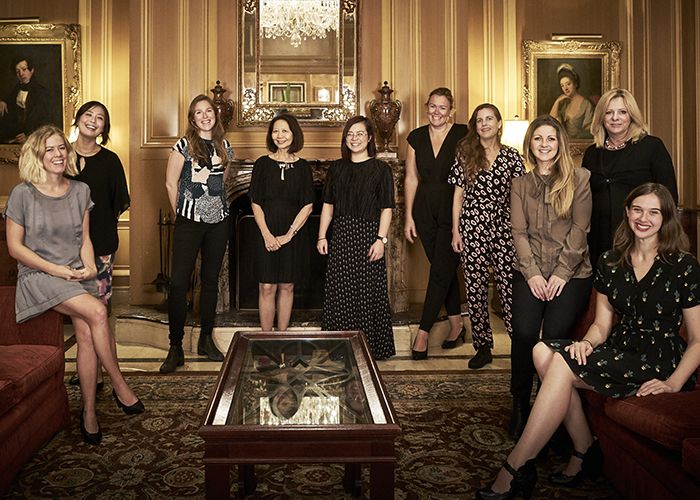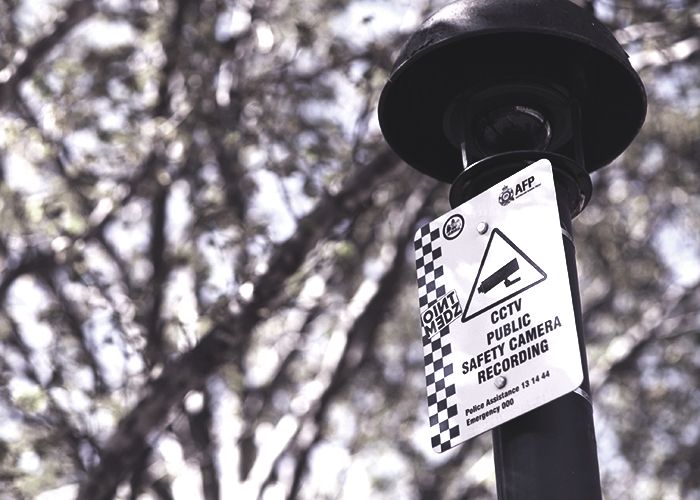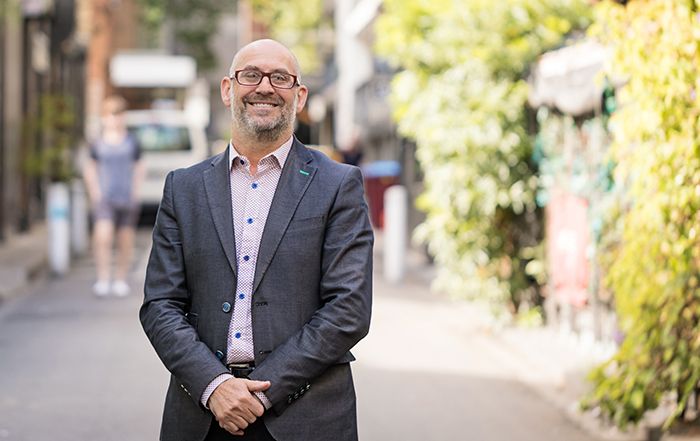
Craig Czarny, a Director of Hansen Partnership, has worked for almost 30 years across major public projects, including urban improvement and regeneration initiatives in Australia and overseas.
As an Urban Designer and Landscape Architect based in Melbourne, he promotes a special brand of ‘strategic design’ to projects in far-flung regions of Asia, with project work in Indonesia, Malaysia, Singapore, Vietnam, Laos and China.
Can you give us an insight into your thinking about Australian design knowledge as an export?
As a young Australian practitioner in the 1980s, I recall looking principally to the US and Europe for inspiration. Having worked in both these regions in the early nineties, and observing the maturing of the landscape architecture discipline in Australia, I think it’s due time for us to export our skills to the broader ‘region.’ Namely, Asia.
Many of Asia’s rapidly developing cities want to know what it takes to create great places: Australian cities are renowned globally for their great public projects. Look at Melbourne’s designation as the world’s most liveable city for a sixth consecutive year, to 2016. The regional market is hungry for this knowledge.
I have been working in South-East Asia now for more than 20 years and treasure the opportunities to collaborate with international counterparts and share our fantastic design knowhow.
We steer away from just calling it design; often we’re promoting a more holistic proposition we call ‘urban management,’ that is, strategy-design-delivery-operation.
Can you expand on this?
Over the last decade I’ve completed many projects with International Aid agencies such as the United Nations (World Tourism Organisation) and World Bank on urban improvement in Indonesia, China, Vietnam and Laos where these ‘urban management’ skills are sorely needed.
We don’t fly in and fly out, but often frame a project over years with an intensive capacity building process – where local counterparts learn about how we go about solving spatial design problems.
Of course, it is a two-way process and great care is taken to learn about local places and customs. In the end, our international counterparts become part of our working multidisciplinary team and the results are both locally relevant and globally inspired.
Recently we turned the tables and brought a group from Vietnam’s Ministry of Construction to Melbourne for an Australian cities tour and urban training programme.
What are some of the two-way benefits of working with different countries and cultures?
I have been very fortunate in my international work to have forged great professional relationships with collaborators, and over time learnt much about their local cultures, lives and in particular their interdisciplinary processes and administrations.
On one hand, this makes me appreciate the qualities of some Australian cities, and the relative ease that our public projects are procured, realised, delivered and used.
But there are also so many wonderful attributes of evolving Asian centres, like the chaos of Vietnamese streets and their ‘inventive and creative’ use of public spaces. Understanding the value of these kinds of lively spaces has really informed our continuing work in Melbourne.
Can you tell us about your work in Da Nang City throughout 2016?
Following on from our work in Surabaya, Indonesia, in 2014, I was seconded to the World Bank in 2016 as project manager to lead a major national railway relocation and inner urban regeneration initiative in Da Nang City in Central Vietnam.
As with our other projects, I was assigned a team of 10 local engineers, planners and architects – Landscape Architects are rarely found in Vietnam – and initiated a training regime to introduce simple concepts of analysis, mapping, concept development and design in context to inform the final Masterplan.
The 10-week programme was spread across six separate missions, of two or three weeks each, in Da Nang. The project ran for 12 months and it was a delight to experience the lush landscape and lively urban life of Vietnam’s Central Region, and nearby UNESCO World Heritage sites at HoiAn and Hue, across its many varied seasons.
How did you arrive at this international career?
I’ve always had a passion to work in ‘the world,’ as opposed to being cooped up in a single place in Australia, thankfully my former employers were accommodating of this interest.
Since joining Hansen Partnership in 2002, who at that early stage had the only Australian practice in Vietnam, my co-directors recognise and contribute to the exporting of Australian planning and design expertise in the Asian region, particularly through our capacity building processes.
While this all sounds like a well set out strategy, I admit that there has been no grand career masterplan – I’ve simply run with the projects.
If you could, would you instate a Hippocratic Oath for Built Environment Professionals?
I’ve often quoted the Nobel Prize-winning Economist Amartya Sen, who spoke of such a “Hippocratic Oath” for Built Environment Professionals.
“You have to show me how [your project] relates to human life, how it relates to their well-being and the freedom to be well. And the freedom not only to be well, but the freedom to lead the kind of life they value leading.”
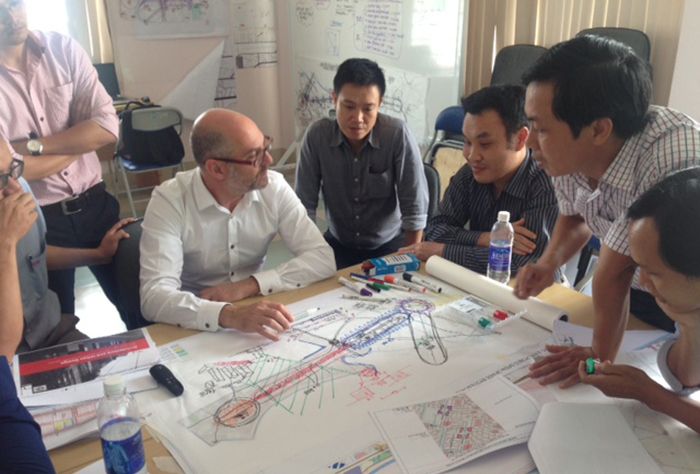
Workshop in Da Nang. Photo: Craig Czarny.
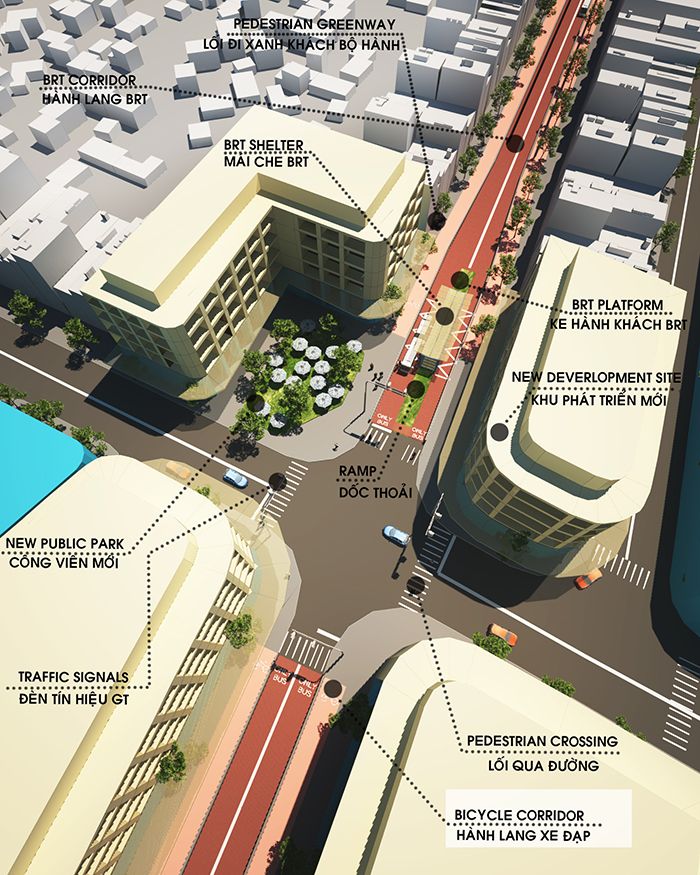
Proposed Da Nang Green Transit Line. Image: Craig Czarny.
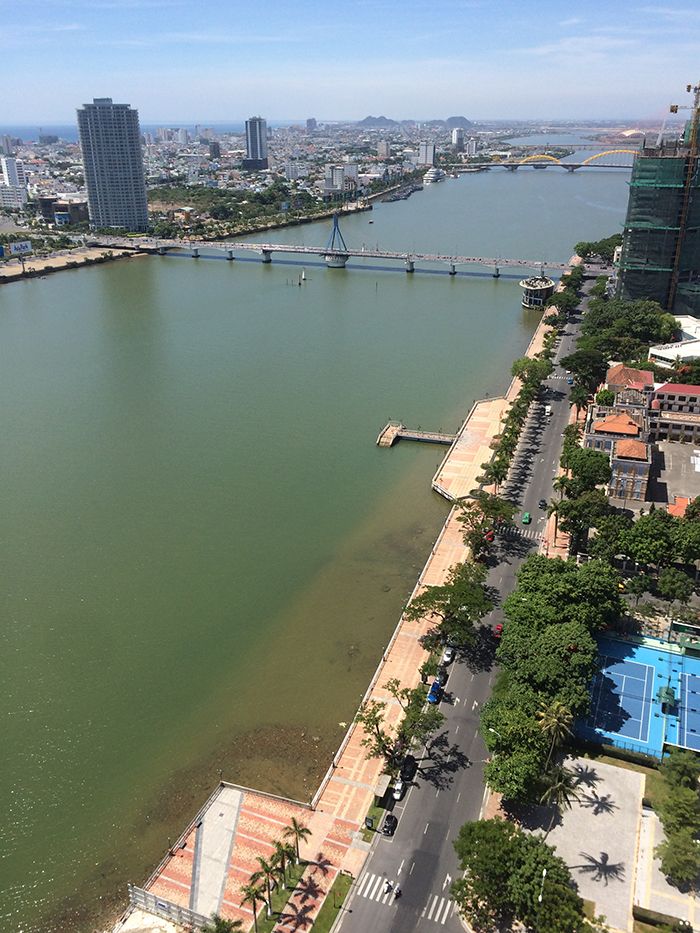
The Han River, Da Nang. Photo: Craig Czarny.
In Profile is a Q&A series featuring Australian influencers of the public realm.
Interviewees are players in the public sphere with compelling stories, not always landscape architects or affiliated with SFA.
To nominate a subject, please contact the editor via editor@streetfurniture.com




